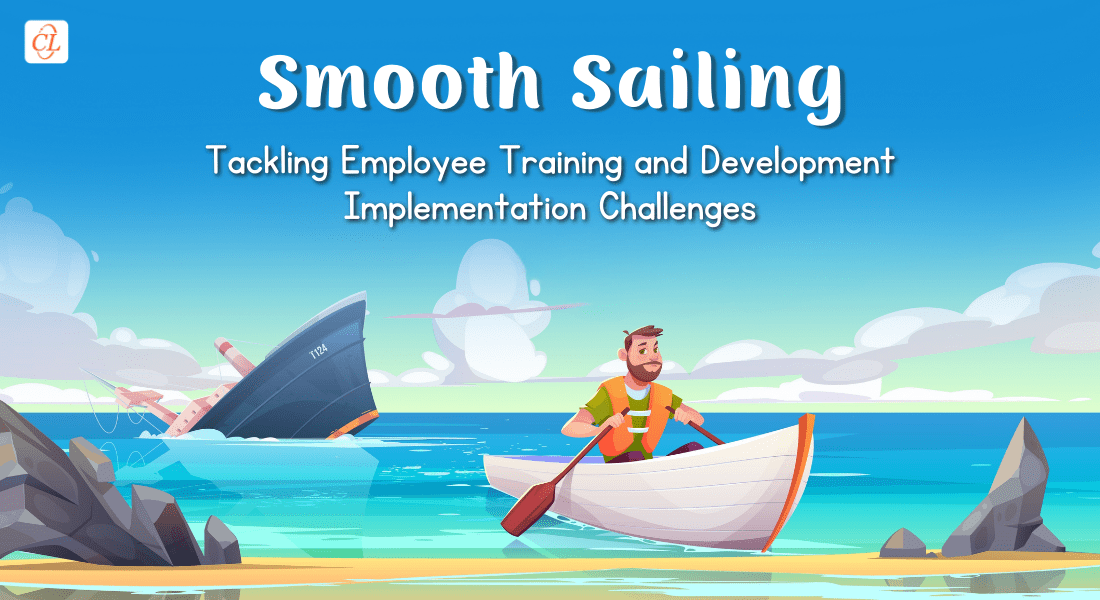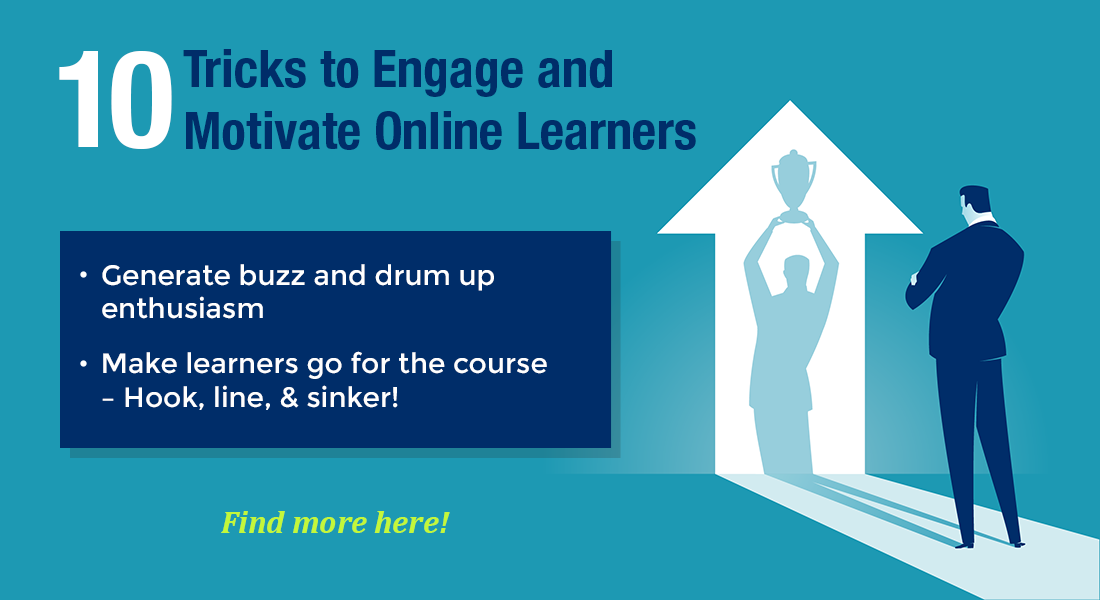How can Organizations Navigate Employee Training and Development Challenges?

Think of employee training as setting sail on a smooth journey toward growth and success. It’s all about enhancing skills, boosting productivity, and empowering your crew (aka your team). However, implementing effective employee training and development programs often comes with its own set of challenges that can rock the boat. That’s why it’s crucial to steer around these obstacles and keep your training programs on course.
→ Download Template: Align Training with Business Goals for Max Impact and ROI
In this blog, we’ll explore some of the most common challenges in employee training implementation and provide actionable solutions to overcome them.
Table of Content
- Challenge 1: Low Engagement
- Challenge 2: Budget Constraints
- Challenge 3: Scaling Across Distributed Teams
- Challenge 4: Measuring Effectiveness
- Challenge 5: Resistance to Change
The Gap Between Training Design and Implementation
Many organizations invest heavily in designing employee training and development programs but face challenges when it comes to executing them effectively. This gap between design and implementation can lead to poor engagement, low outcomes, or even complete failure of the training program. Addressing these issues is crucial for ensuring your training initiatives are impactful and contribute to employee development and organizational growth.

Let’s dive into the top challenges and how to overcome them.
Challenge 1: Low Engagement
One of the biggest challenges in employee training is keeping learners engaged, as many see it as a dull, irrelevant task.
Causes:
- Lack of relevance to employees' roles or career goals.
- Monotonous content delivery without interactive elements.
- Overly lengthy sessions that fail to hold attention.
Solutions:
However, when employees receive the training they need, companies become 17% more productive, according to Gallup's State of the Global Workplace report.
- Gamification: Incorporate game-like elements such as quizzes, competitions, and rewards to make learning fun.
- Real-world applications: Use case studies, role-playing, and simulations that tie training to real-world scenarios employees face in their roles.
- Microlearning: Break down content into microlearning modules that are easier to focus on and retain.
Looking to boost employee engagement and retention? Let's dive into the top 5 benefits of microlearning in corporate training!
By making training more engaging, you can significantly increase participation and knowledge retention among employees.
Challenge 2: Budget Constraints
Budget limitations are another common barrier to implementing effective corporate training programs, especially for smaller businesses or startups.
Solutions:
- Leverage affordable tools: Utilize AI-powered training platforms, eLearning courses, and resources like YouTube.
- Prioritize high-impact programs: Instead of trying to do it all, focus on training initiatives that align with key business goals and offer the most value for your investment.
Being resourceful with your budget doesn’t mean sacrificing quality—it’s about finding smarter ways to deliver training.
Challenge 3: Scaling Across Distributed Teams
With remote and hybrid work becoming the norm, scaling training programs across distributed teams has become a pressing challenge.

Solutions:
- Virtual Instructor-Led Training (VILT): Host live, interactive sessions online to provide a classroom-like experience for remote teams.
- Asynchronous modules: Create pre-recorded training materials that employees can access anytime, offering flexibility for different time zones and schedules.
These solutions ensure consistent training delivery, no matter where your employees are located.
Challenge 4: Measuring Effectiveness
Many organizations struggle to measure the impact of their employee training and development programs. Without clear metrics, it’s impossible to determine whether the training is achieving its intended goals.
Solutions:
- Establish KPIs: Set clear key performance indicators (KPIs) before launching the training. These could include metrics like improved productivity, higher sales, or reduced error rates.
- Use monitoring tools: Leverage tools that provide real-time feedback and analytics to evaluate progress and identify areas for improvement.
By tracking training effectiveness, you can continuously refine your programs to ensure they deliver real value.
Challenge 5: Resistance to Change
Changing habits and adopting new tools or processes can be met with resistance from employees, making it difficult to implement new training effectively.
Solutions:
- Effective communication: Clearly explain the purpose and benefits of the training, highlighting how it aligns with both organizational goals and individual career growth.
- Align training with personal goals: Show employees how the training will directly benefit them, whether it’s through skill development, career advancement, or improved performance.
By addressing resistance head-on, you can foster a culture that welcomes learning and innovation.
Turn Challenges into Opportunities
Overcoming challenges in employee training implementation requires thoughtful planning, creativity, and a willingness to adapt. Start small by addressing one or two core challenges, iterate on your approach based on feedback, and focus on solutions that align with your team’s needs and goals. By prioritizing engagement, leveraging affordable resources, and embracing scalable solutions, you can create training programs that empower employees and drive organizational success.
Ready to take the next step? Download our Free Template: Align Training with Business Goals and start building training programs tailored to your organization’s unique needs. Empower your team and drive results today!







![4 Rs of Rapid eLearning —The Game-Changers for Development Hurdles [Infographic]](https://blog.commlabindia.com/hubfs/blogs/rapid-elearning-challenges-4rs-strategies-infographic.jpg)
